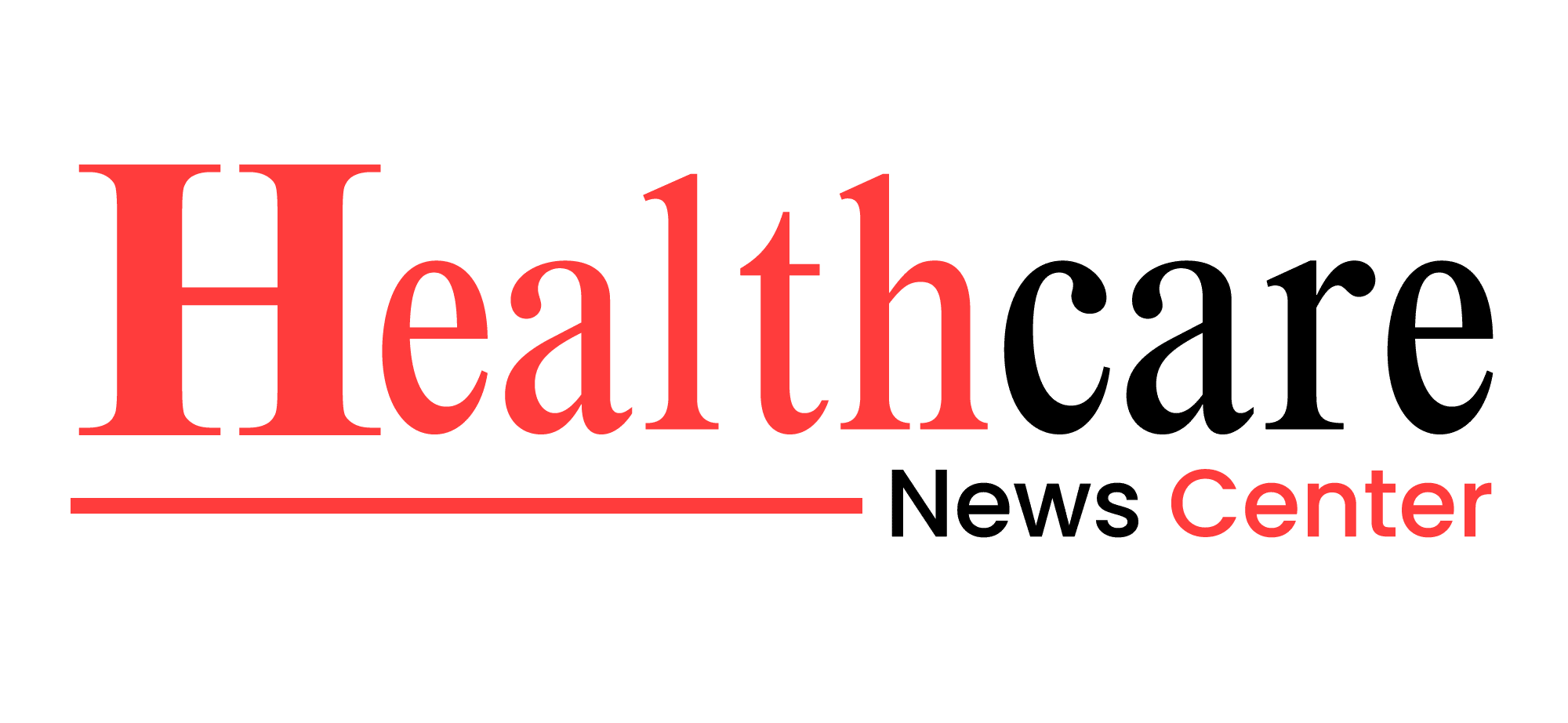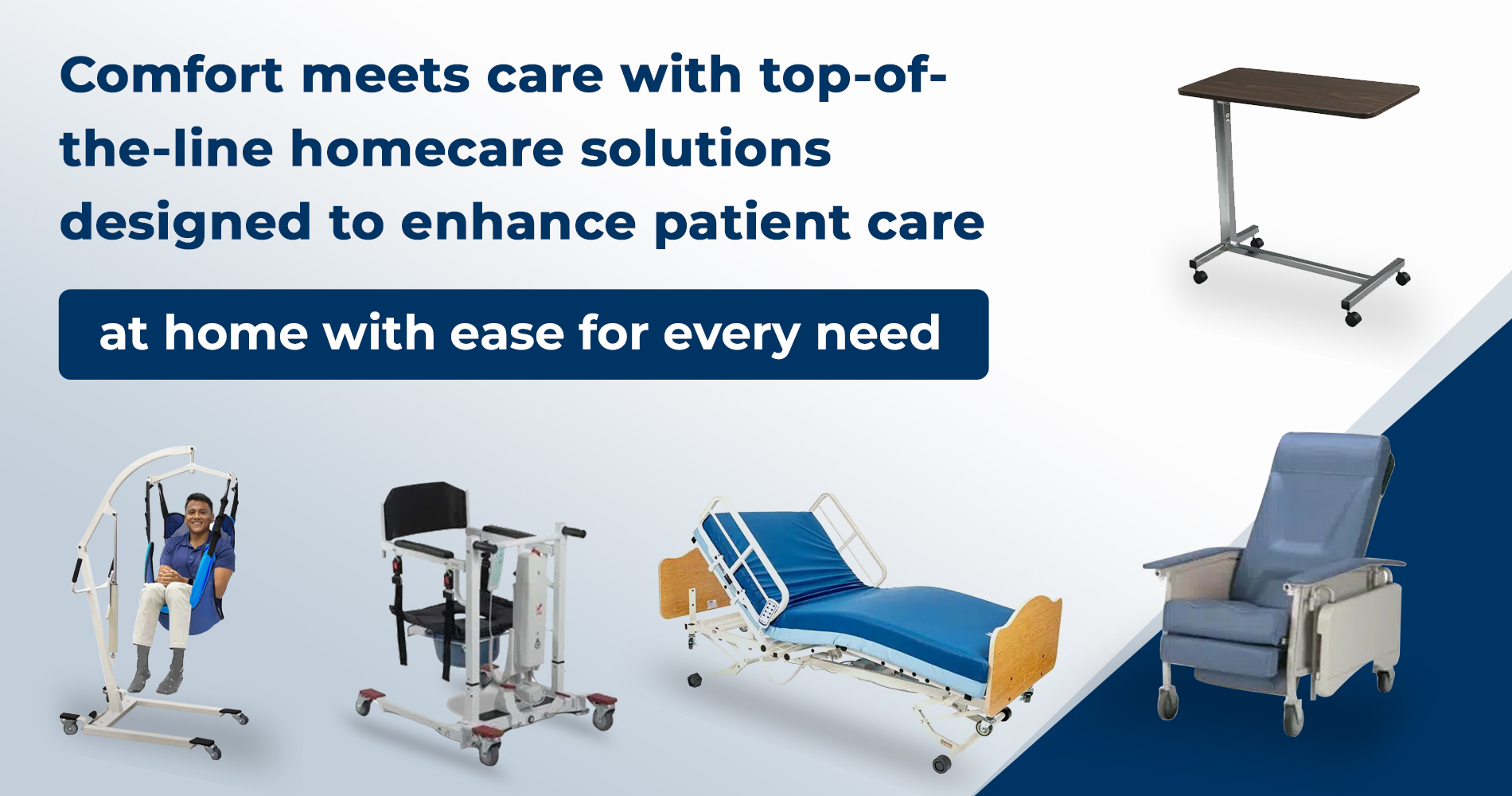A recent case has ignited significant controversy and public concern after an insurance company refused to cover the costs of an abortion, even when the patient’s life was at risk. The incident has prompted debates about the intersection of healthcare coverage, reproductive rights, and patient safety.
The Case Unfolds
The case centers around a woman whose life-threatening medical condition necessitated an abortion. According to reports, her insurance provider denied coverage for the procedure, arguing that it was not deemed medically necessary under their policy guidelines. Despite the urgent nature of her situation, the denial left the woman facing significant financial and emotional distress (The New York Times, August 2024).
Medical Necessity and Insurance Policies
The refusal to pay for the abortion was based on the insurance company’s interpretation of medical necessity and policy exclusions. Many insurance plans include specific criteria for what constitutes a covered abortion, often focusing on circumstances such as threats to physical health or cases of rape or incest. However, the insurance company’s denial in this case was reportedly based on a narrower definition, which did not fully account for the complexities of the patient’s medical condition (Health Affairs, August 2024).
Patient’s Experience
The patient, identified as Sarah M., faced a dire situation where the pregnancy posed severe risks to her health. Doctors recommended the abortion as a necessary measure to prevent further complications and potential fatal outcomes. The financial burden of the procedure, exacerbated by the insurance denial, added to her stress during an already challenging time (CNN, August 2024). Sarah’s case highlights the difficulties many patients face when their health needs clash with insurance policy limitations.
Public and Legal Response
The case has drawn widespread criticism from advocacy groups and legal experts. Many argue that insurance companies should be mandated to cover abortions when a patient’s life is at risk, regardless of policy specifics. The National Women’s Law Center and other organizations have called for reforms to ensure that all necessary medical procedures are covered by insurance without exceptions based on arbitrary criteria (National Women’s Law Center, August 2024).
Legal challenges are also emerging, as Sarah’s case may set a precedent for how courts interpret insurance coverage related to abortion and life-threatening conditions. Lawyers and activists are pushing for greater legal protections to prevent similar situations in the future (American Civil Liberties Union, August 2024).
Healthcare Coverage and Reproductive Rights
The refusal to cover the abortion raises important questions about healthcare coverage and reproductive rights. Access to necessary medical care should not be hindered by restrictive insurance policies, especially when it involves life-threatening situations. The case underscores the need for a comprehensive review of insurance practices and policies to ensure they align with patient needs and rights.
Conclusion
The refusal by an insurance company to cover an abortion in a life-threatening case has sparked significant debate and concern. As the situation unfolds, it highlights the urgent need for policy reform and greater protections for patients facing critical health decisions. Ensuring that insurance coverage aligns with medical necessity and patient safety remains a crucial issue in the ongoing discourse on reproductive rights and healthcare access.
For more information on this case and related issues, refer to The New York Times, Health Affairs, CNN, and National Women’s Law Center.


Thank you for your sharing. I am worried that I lack creative ideas. It is your article that makes me full of hope. Thank you. But, I have a question, can you help me?